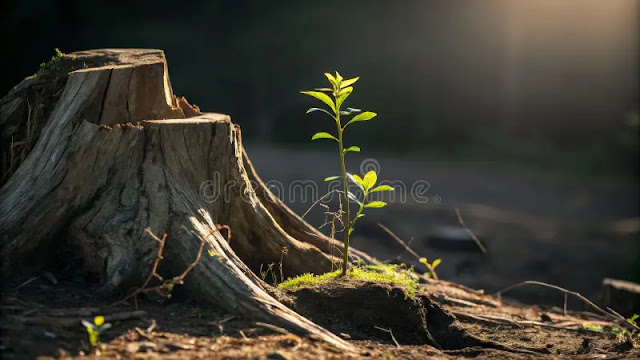Candy Land
This charming place called Candy Land's
Where problems fade and float away
Like butterflies upon the breeze.
It's there you'll find the chocolate road
That leads down to the soda seas
which fizz and bubble, then explode
As teams of gummy fishes swim
Around a ribbon candy reef.
We'll take our time, then on a whim
Sail on a giant spearmint leaf.
Lollipop paddles should suffice
To help us reach the Sugar Shore.
Be careful round the massive ice
cream glaciers! Next we can explore
The Waffle Way. You'll soak your shoes,
So dodge the syrup puddles there.
(Or stomp in them if you should choose.
Your mother might, but I don't care!)
Then we can ski down Sundae Slopes;
Tour ooey-gooey Mallow Marsh;
Or swing on sticky licorice ropes
In Jelly Jungle, hot and harsh.
Cotton candy clouds are soaring
Across a maraschino sky.
If we're lucky they'll start pouring
Gum drop showers while they float by.
Last we'll walk through Cinnamon Wood;
Pluck candied apples from the trees.
And this I promise if you're good:
We'll take some home and plant the seeds.
So drop your worries; grab my hand.
Let's hurry, leave, do not delay!
There's a magic place called Candy Land
Where problems fade and float away.
While walking by a candy shop,
Candy Land
article link
Little one lay your head to sleep
dream of what will be
a land where trees are lollipops
and pink lemonade fills the sea
where you sit to dine on
a gumdrop chair
at marshmallow table
and spun sugar your silverware
your home is made
of gingerbread
and chocolate frosting
on the roof is spread
cheddar cheese is the moon
and way up hign in the azure sky
watch real close as
cotton candy clouds float by
sleep on my little one
until your candyland dreams are done.



























.jpg)
.jpg)
.jpg)
.jpg)
.jpg)
